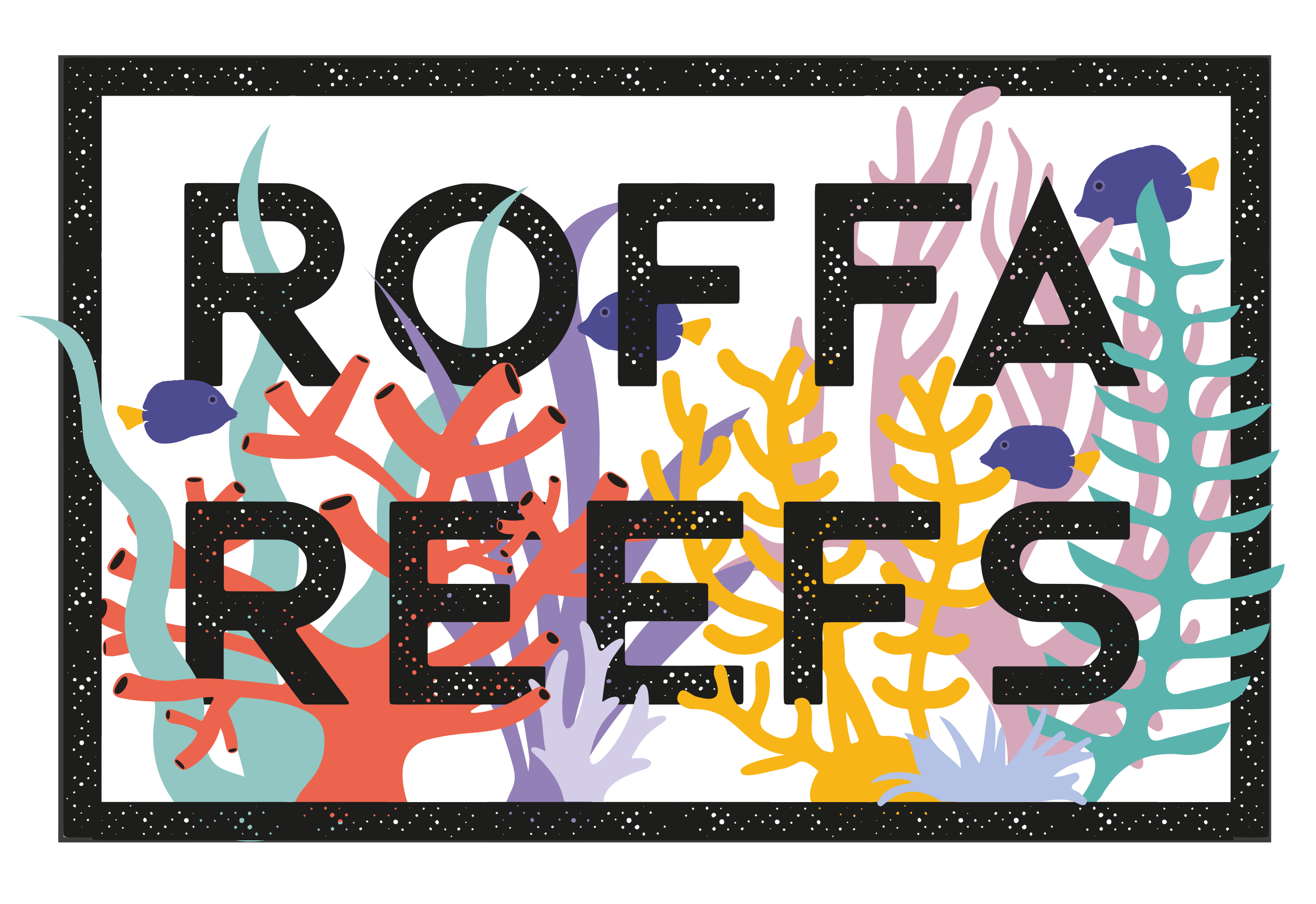Vital role
Fish have a vital role in the coral reef ecosystem and it’s recovery; surgeonfish ‘Dory’ is not just a beautiful creature, but also a gardener that takes control of algae being rampant which would damage corals. Dory is taken from wild reefs to be a gardener in our own reef aquaria at home and in the zoos.
Breeding system
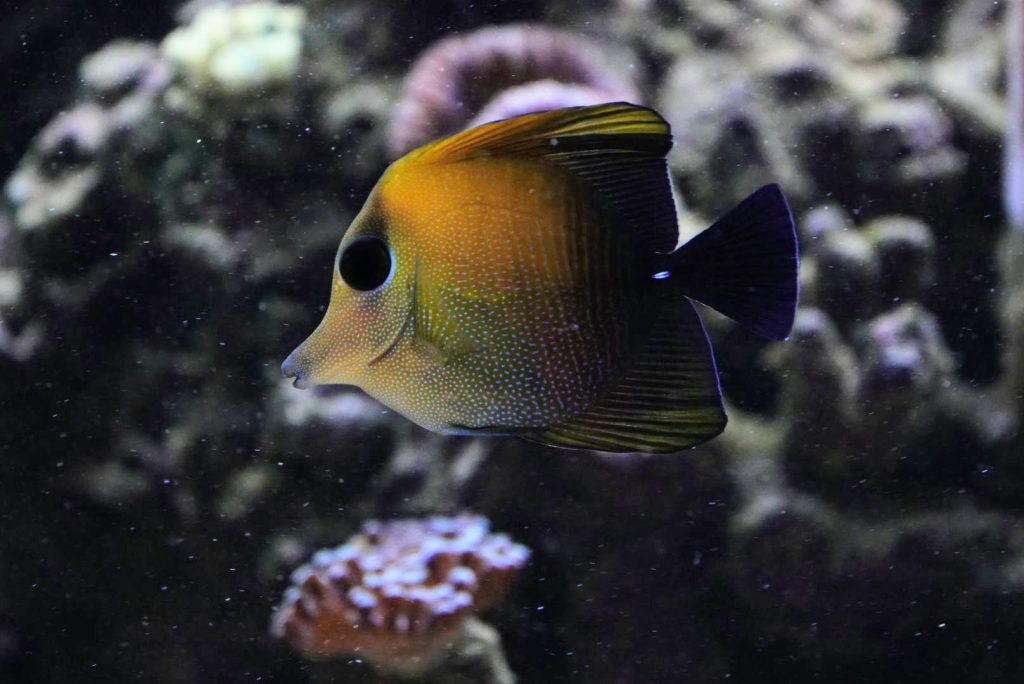
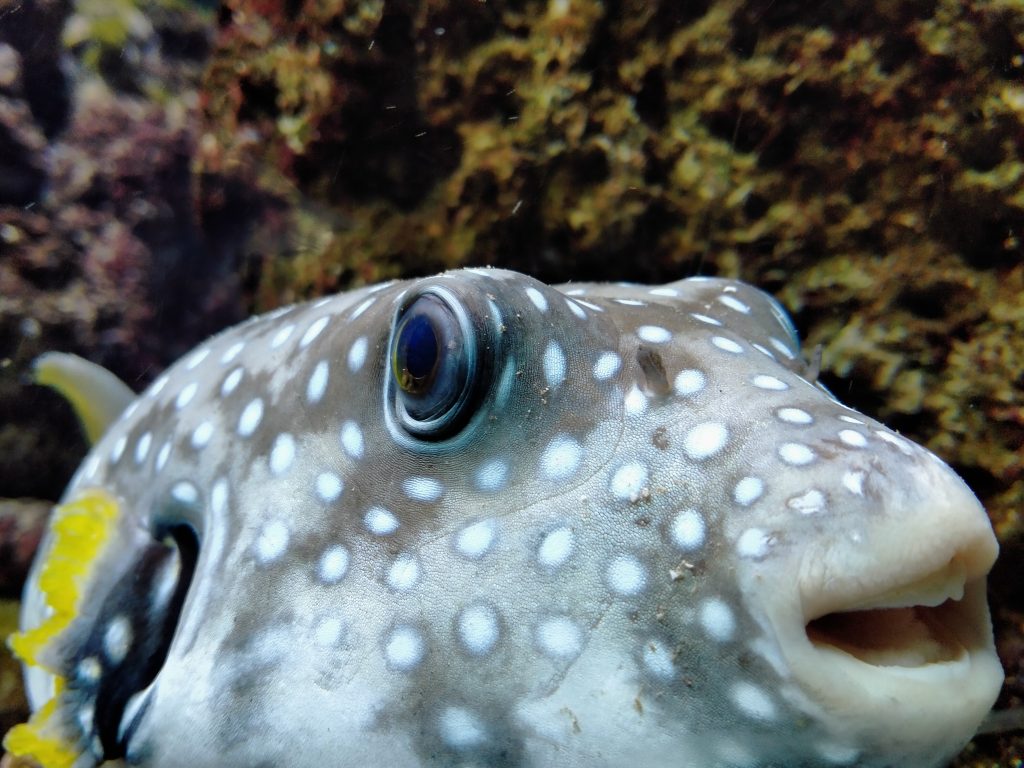
The breeding of marine fish is taking giant leaps forward, in the last few years many institutions made serious progress breeding species for the first time. But repetition of results achieved especially by fellow aquarists from other institutions is needed to make the marine aquarium sector more sustainable.
RoffaReefs has designed a floating breeding system to breed marine larvae both in aquaria and in the wild. With this system a higher survival rate of larvae can be achieved. The breeding system works on a solar panel. In this way it can work autonomously in the wild. The obtained knowledge can be used in aquaria and in open waters.
RoffaReefs aims to start breeding trials with the reef fish in private and public aquaria in Europe. Time has come to work on an effective system to breed larvae of species that are vital for the reefs and our own aquaria. Most of all, it is time to give reefs something back they desperately need after taking so many of its inhabitants.
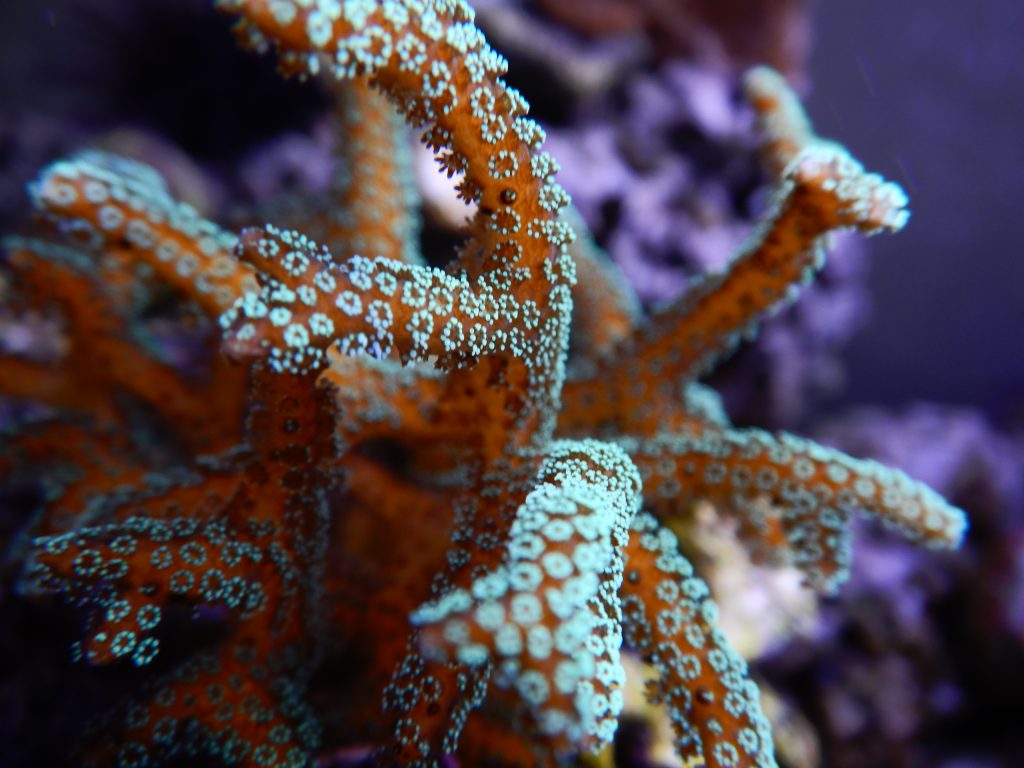
How it works
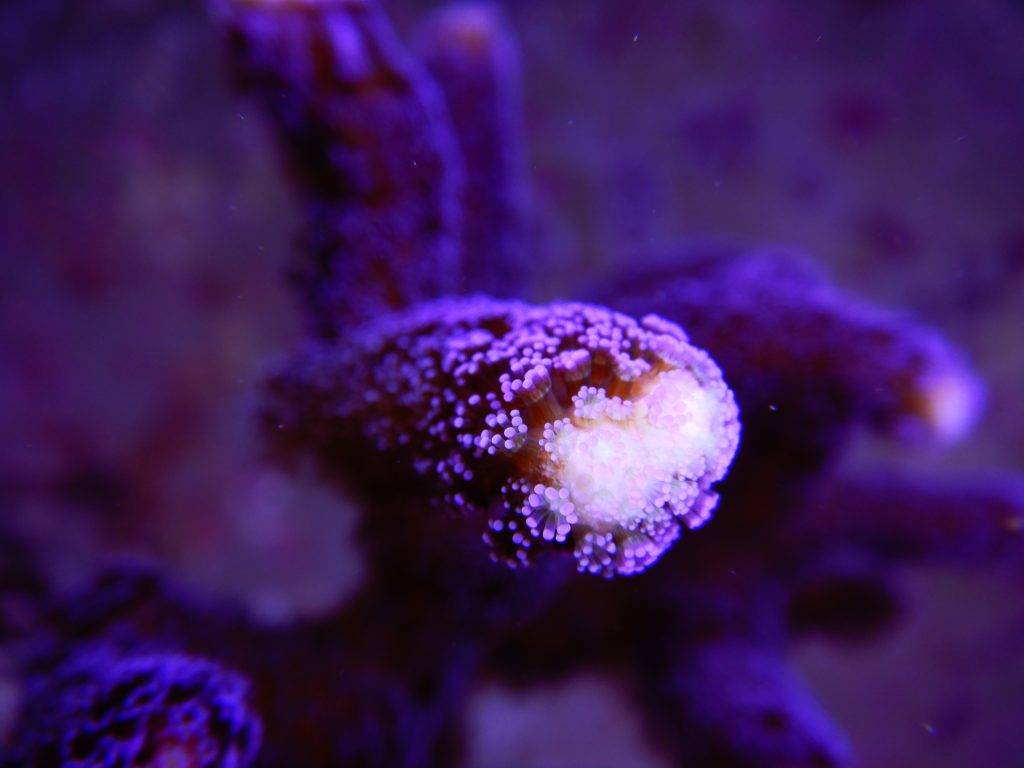
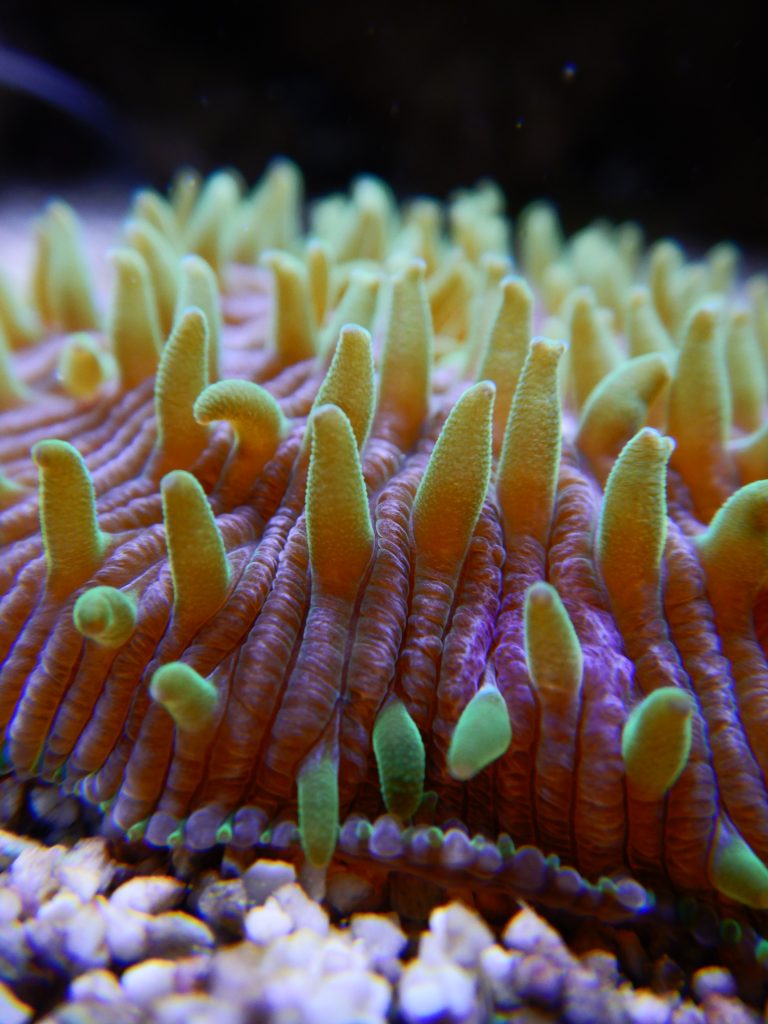
Normally, a laboratory or larvae room is set up to breed ocean critters but with our floating prototype we will use the same water of our aquaria. Larvae of aquacultured species for consumption are bred in big grow out tanks in high quantities. In aquaria the quantity of eggs and larvae are smaller, which makes it easier to keep larvae separated from their parents but they are kept in the same water conditions.
By using the same water conditions we reduce the stress experienced in a normal breeding set-up where they need to get used to different parameters. The first trials with breeding in tanks containing fragile corals did not pollute the water to measurable extent. This is a great advantage because keeping larvae in this way is very cost efficient. We don`t need to heat or cool another larvae tank because it floats on top of the aquarium of origin, therefore keeping the same temperature.
In open water we want to make the device carbon neutral by using a solar panel. Certainly along the equator where most reefs and a high solar intensity is found, climate neutral larval aquaculture should be possible.
A climate neutral plug and play system without the need of a plug could be a solution in reef conservation and aquaculture in general. Existing conservation projects on land with for example sea urchins as a grazer to control rampant algae could be done in a floating nursery above the reefs. This will save space and energy costs in the meantime.
We aim to test our system in other zoos so we can get feedback on whether the system is easy to use. With this input we will improve the system together with the University of Delft. In this way we can adapt our system to make the aquaculture of more difficult species accessible for all of our fellow aquarists. In the mean time we want to focus as much as possible to make the device ready for testing in the wild.
